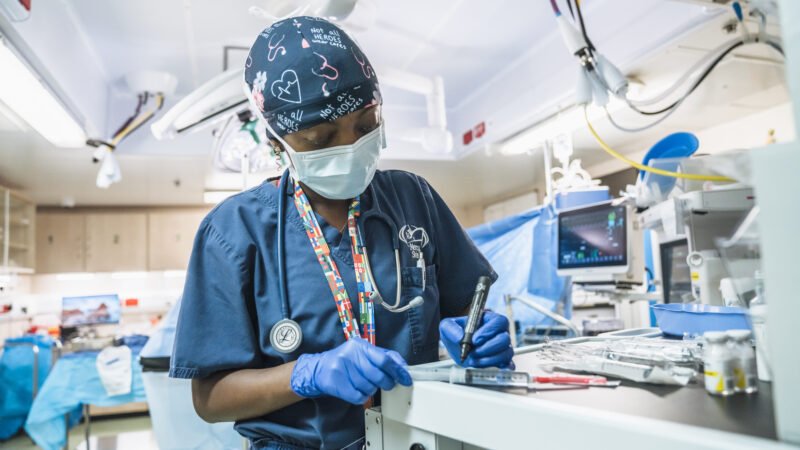Egypt reopens ancient library in Sinai after renovations
Egypt reopened on Saturday an ancient library which holds thousands of centuries-old religious and historical manuscripts at the famed St. Catherine Monastery, a UNESCO World Heritage site, in South Sinai.
The inauguration ceremony was attended by Egyptian and western officials. It comes after three years of restoration work on the eastern side of the library that houses the world’s second largest collection of early codices and manuscripts, outnumbered only by the Vatican Library, according to Monk Damyanos, the monastery’s archbishop.
“The library is now open to the public and scholars,” said Tony Kazamias, an adviser to the archbishop, adding that restoration work is still underway without specifying a completion date.
The ancient library holds around 3,300 manuscripts of mainly Christian texts in Greek, Arabic, Syriac, Georgian, and Slavonic among other languages. It also contains thousands of books and scrolls dating to the 4th century.
At least 160 of the manuscripts include faint scratches and ink tints beneath more recent writing, according to Kazamias, who believes the palimpsests were likely scraped out by the monastery’s monks and reused sometime between the 8th- 12th centuries.
During the library’s renovation, archaeologists apparently found some of Hippocrates’ centuries-old medical recipes. The ancient Greek physician is widely regarded as the “father of western medicine.”
The officials also inaugurated the Mosaic of the Transfiguration in the basilica of the monastery. The mosaic features a rich chromatic range of glass paste, glass, stone, gold and silver tesserae. It was created in the 6th century at the behest of the Byzantine Emperor Justinian, who also requested building the monastery.
St. Catherine’s, where the monastery is located, is an area revered by followers of the three Abrahamic faiths, Judaism, Christianity and Islam. Like the Old City of Jerusalem, it has become a popular destination and an attraction not only for monks and pilgrims but also tourists from the world over.
The 6th century monastery, one of the oldest Christian Orthodox monasteries, is home to a small number of monks who observe rituals unchanged for centuries. Its well-preserved walls and buildings are of great significance to the studies Byzantine architecture. It’s situated at the foot of Mount Sinai, also known as Jebel Musa or Mount Horeb, where Moses is said to have received the Ten Commandments. (AP)



